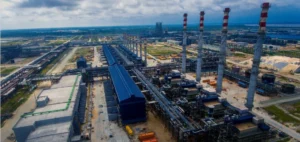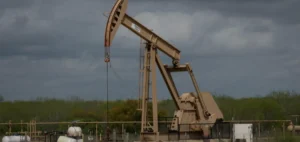The U.S. Environmental Protection Agency (EPA) has stated it will review the rule imposing limits on carbon dioxide (CO2) emissions from power plants. This announcement, made on March 12, 2025, by EPA Administrator Lee Zeldin, marks another step in the Trump administration’s effort to undo climate regulations established under President Joe Biden’s administration. In 2024, the rule introduced the first-ever limits on CO2 emissions from existing coal-fired and new gas-fired power plants, requiring the installation of carbon capture technologies or the closure of coal plants.
While the regulation has been praised by environmental groups, it has been heavily criticised by players in the energy industry. Utility companies argue that implementing carbon capture technologies is too expensive and that shutting down plants would threaten grid reliability. Zeldin clarified that the review would also address more than two dozen other environmental regulations introduced by the Biden administration, including those related to mercury emissions from power plants and vehicle emission standards.
Review of the “Endangerment Finding” and Its Impact on CO2 Standards
One of the major actions announced by the EPA involves the reconsideration of the 2009 “endangerment finding.” This ruling, which allows the agency to regulate greenhouse gases under the Clean Air Act, has been consistently upheld by the U.S. Supreme Court. However, if the EPA succeeds in challenging this historic decision, it could have significant repercussions for current regulations, including the CO2 standards for power plants.
In the context of this review, Zeldin explained that the administration aims to reduce energy costs for American families, encourage domestic energy production, and restore certain jobs in the automotive sector. This direction aligns with a broader effort to limit regulatory burdens on businesses, which is a key goal of the Trump administration’s deregulatory agenda.
Industry Supports a Stable Regulatory Framework
Industry groups have expressed support for stable and predictable regulation. Alex Bond, Executive Director of the Edison Electric Institute (EEI), emphasised that while EEI supports the EPA’s authority to regulate greenhouse gas emissions, regulations must be flexible and consider grid reliability and consumer costs. According to Bond, the absence of a uniform federal framework could result in fragmented rules across states, increasing costs and creating uncertainties around grid reliability.
Industry observers believe that revising the rules could have significant implications for the energy sector. While deregulation could lower costs in the short term, some experts question the long-term impact of removing strict CO2 emission regulations, particularly concerning the energy transition and the international competitiveness of American companies.
Environmental Groups’ Reactions
Environmental groups have strongly criticised the proposed revision of the standards. The Natural Resources Defense Council (NRDC) and the Sierra Club have condemned the initiative, calling it a step backward in the fight against climate change. According to Jackie Wong, Senior Vice President of NRDC, this revision would allow power plants to pollute without restrictions and would undermine the fundamental mission of the EPA, which is to protect public health.
The Sierra Club also expressed its dissatisfaction, stating that under Zeldin’s leadership, the EPA seems to be siding with polluters over American citizens. These organisations have announced they will use all available legal avenues to challenge the proposed regulatory changes.






















